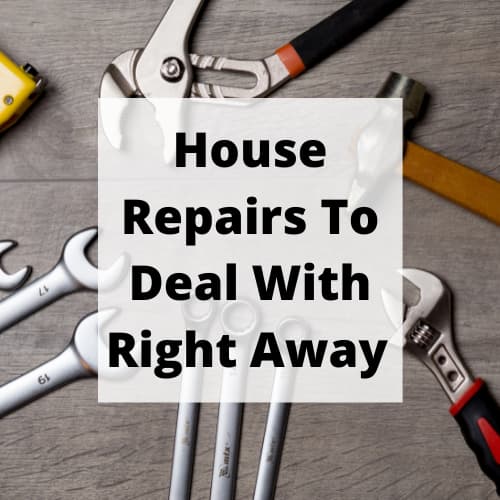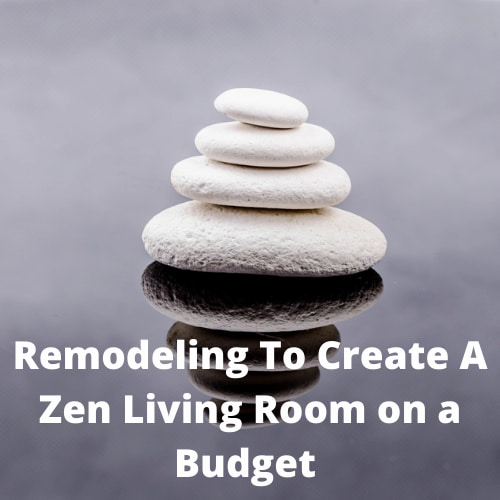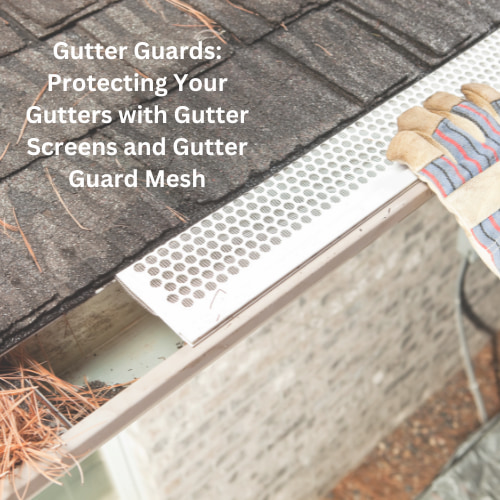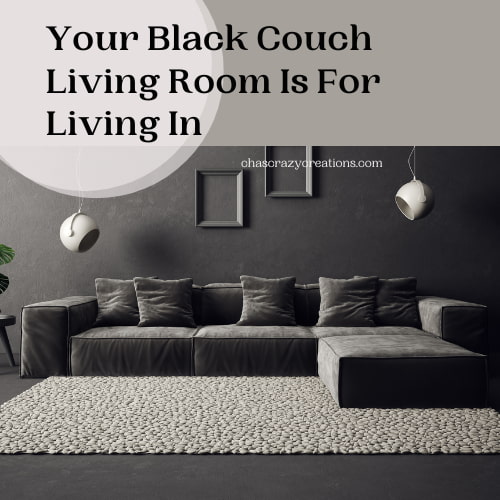3 Important and Key Ways To Create Wheelchair-Accessible Homes
Do you need wheelchair accessible homes? Whether you need it now or are thinking for the future, here are important and key ways to prepare.
This post may contain affiliate links, I earn from qualifying purchases at no extra cost to you. Click here for my disclosure policy
One in four adults in the United States is diagnosed with a disability that impacts major life activities, statistics from the CDC revealed. Moreover, nearly seven million Americans use mobility aids, such as wheelchairs, scooters, walkers, canes, or crutches. If you or a loved one have a disability, it’s important to modify your home to make it wheelchair-accessible. By implementing a few essential changes, you can create a safe and inviting home all loved ones can enjoy.

create wheelchair accessible homes
1. Replace your stairs with ramps
Stairs can be difficult or downright impossible for people with disabilities or mobility issues to navigate. Despite this, steps and stairs are present in most styles of homes. By replacing your stairs with ramps, you can instantly make it easier for people in wheelchairs to navigate your home without issue. Portable ramps, in particular, allow you to instantly transform steps into wheelchair-accessible entryways as needed. Keep in mind, that if you do choose to build a permanent ramp leading up to your front door, it should have a 1:12 slope, as per ADA (Americans with Disabilities Act) standards. That means there should be 1 inch of vertical height per every 12 inches of ramp length. The ADA doesn’t cover private properties, but it’s a useful guideline for ramp construction.
2. Make your bathroom accessible
Using the bathroom can be difficult and potentially dangerous for people with disabilities. For example, people with cerebral palsy, a group of lifelong conditions affecting movement, balance, posture, and muscle tone, typically have mobility issues ranging from mild to severe. Mobility aids like orthotic devices, walkers, and wheelchairs are therefore commonly used to help with mobility limitations, CPFN explains. Moreover, simple bathroom modifications can ensure people with disabilities have enough support to use the space safely. For example, grab bars should be installed in key areas, such as the shower, sink, and toilet. Slip-resistant flooring is also essential to prevent slips and injuries in the bathtub or shower. And, by turning your tub into a step-in one, you can allow people to use it without needing to straddle the side, therefore further preventing the risk of falls.
3. Get rid of doorknobs
Doorknobs can be difficult to reach and grip for people in wheelchairs and/or those with poor hand function. Fortunately, you can improve the accessibility of your home by replacing your doorknobs with accessible alternatives, such as press lever handles or push/pull bars. If you have a larger budget, on the other hand, you may want to consider installing automatic doors throughout your home. Automatic doors can be opened with the simple press of a button, as well as still maintain the ability to be opened and closed manually. Installation of the doors and wireless wall push pads is a fairly simple job suitable for most door types.
Making your home wheelchair-accessible is essential for creating a welcoming, safe, and functional home for yourself and your loved ones with disabilities. By replacing your stairs with ramps, making your bathroom accessible, and getting rid of doorknobs, you can easily make your home accessible to everyone.
Shop any of these stores and I receive a small commission at no cost to you.
 Sullivans White Ceramic Vas...Shop on Amazon
Sullivans White Ceramic Vas...Shop on Amazon Chesapeake Bay Candle Scent...Shop on Amazon
Chesapeake Bay Candle Scent...Shop on Amazon Rustic Wall Sconces Mason J...Shop on Amazon
Rustic Wall Sconces Mason J...Shop on Amazon Homedics Tabletop Water Fou...Shop on Amazon
Homedics Tabletop Water Fou...Shop on Amazon Der Rose 3 Pack Mini Potted...Shop on Amazon
Der Rose 3 Pack Mini Potted...Shop on Amazon
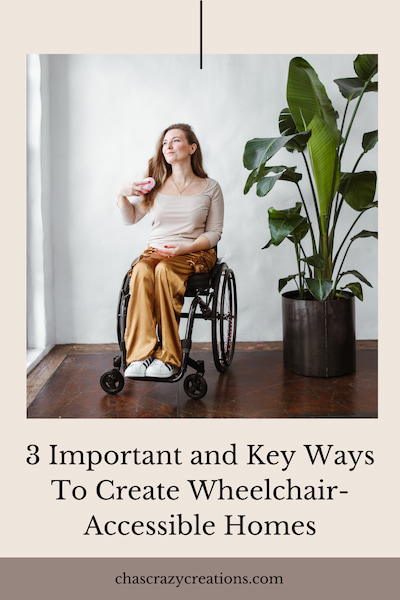
More ideas for wheelchair-accessible homes
- roll-in shower
- hardwood floors
- wide doors. wide doorways or wider doorways
- accessible ramp and/or threshold ramp
- automatic door
- stair lifts
- open floor plan for easy access to the living room, dining room, common areas, etc
- lower countertops
- accessible sinks
- light switches
- electrical outlets
- and many more
- wheelchair-accessible bathrooms
These are just a few ideas for making reasonable accommodations for wheelchair users. Accessible housing is possible for home buyers. There are many federal programs that can help you. If homes aren’t for you, you can look into handicap-accessible apartments. Pick real estate agents who specialize in this and can help you find that wheelchair-accessible apartment or urban development that has the primary residence you are looking for.



